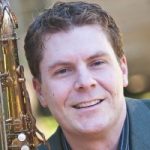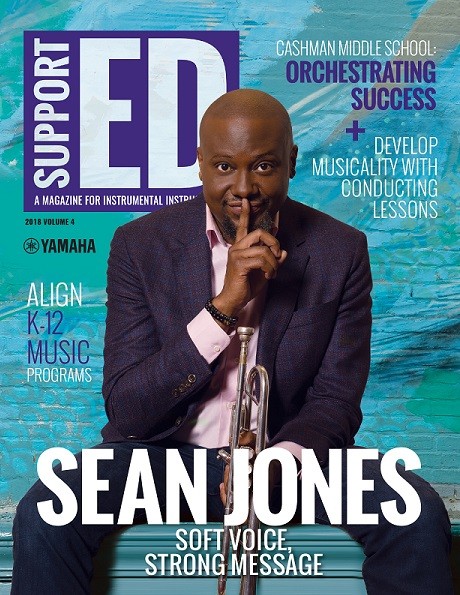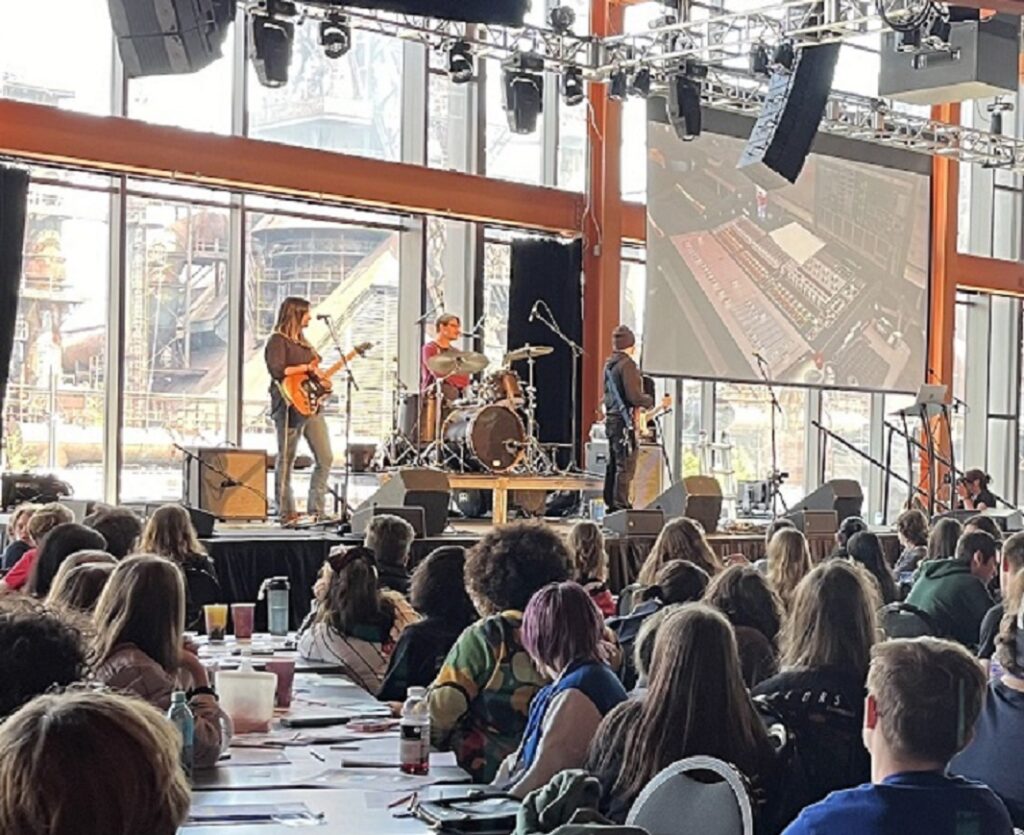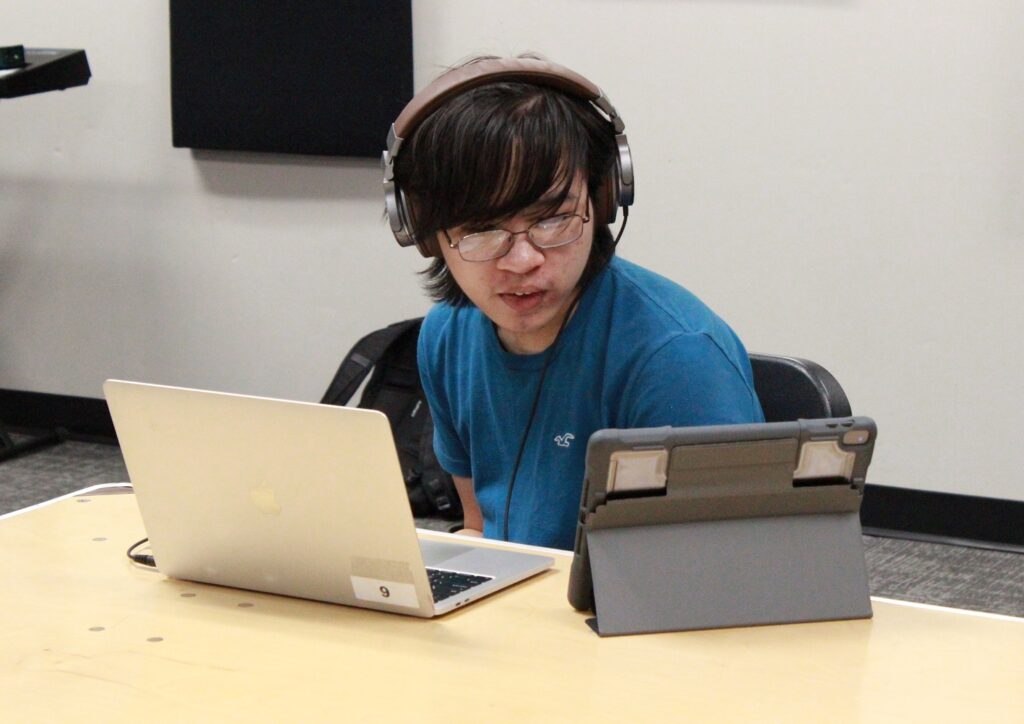Collaboration is Key for K-12 Alignment
When you develop cohesion across disciplines, buildings and age groups in K-12 music programs, keep these considerations in mind.
When leaders consider the ideal infrastructure for a school district’s music program, they need to agree on several things.
Knowing that the “magic” happens in the classroom between students and teachers, many feel that the music teacher should be empowered to control all of these factors. In a previous position as a middle school band teacher, I made decisions without considering factors beyond my classroom. Looking back, I now realize that I should have been more collaborative with the other middle schools as well as with the elementary and high schools in the district.
Now as part of an arts administration team for Shelby County Schools, a district in Memphis with nearly 100,000 students, I know that there is greater strength through collaboration. Any situation that ends with a leader saying, “It’s my way or the highway,” is not good.
Rarely are there only two choices. The best option is usually a compromise that factors in many voices. Here are the top considerations when working to build this collaborative approach.
Trends in Education Leadership
Some school districts have an established vision of aligned teaching and learning among all of the schools in the district. Others empower principals to be leaders of curriculum and pedagogy in their schools. A teacher who wants to increase the amount of autonomy in the classroom or increase the amount of K-12 program alignment should first gain an understanding of the school’s or district’s philosophy.
Transient Students and Staff Turnover
Students who live in concentrated poverty tend to change schools more often than students in affluent communities. As students move from one school to another, some stakeholders will desire a pedagogical approach that is more aligned, so that students experience greater consistency even though it may impede music teachers’ ability to implement their own vision.
It can be difficult to collaborate with other music teachers when staff turnover rates are high. Relationship fatigue can hinder collaboration as it takes a significant investment of time to build trust among collaborators.
Fundraising Philosophies
Some schools empower music teachers to be the sole person in charge of raising funds to support their students. Other school districts effectively use the National Association for Music Education (NAfME) Opportunity-to-Learn Standards and invest in a district infrastructure to support music programs with equipment, facilities and resources in a way that creates equity among schools and programs.
Feeder Patterns
What works in small districts that have clearly defined feeder patterns may not work in large districts that have competition among schools.
Or a community may wish to align feeder patterns between preschool, elementary, middle, high school and even college experiences, often referred to as the Pre-K-16 continuum.
Teacher Support
In Memphis, there is a strong Orff Music program led by Wincle Sterling that serves all K-5 students across the district. Teachers have a strong collaborative support system that includes new teacher mentoring, professional learning communities, curriculum workshops and sharing sessions.
There are a number of formal and informal ways to build collaboration throughout the music program with curriculum committees, peer evaluations, all-district ensembles and professional development workshops.
Another strategy for collaboration is the cultivation of our district leadership team, comprised of experienced teachers, that provide support to new teachers, give recommendations on policy matters and make sure that teacher voice is represented when district decisions are being made.
Time Management
Because collaboration requires time, leaders need to be intentional about when and how to engage stakeholders. In-person meetings might work for some groups, but most music teachers are overwhelmed with teaching all day and spending time before and after school with additional rehearsals. That leaves the weekend — except for competitions, festivals, community events and the Saturday honor ensemble auditions!
In Memphis, we have utilized strategies to support in-school collaboration through creative scheduling and early student release days or by using online meeting tools such as Zoom or Google Hangouts.
Most importantly, however, Memphis music teachers have developed a strong network of collaboration by developing friendships and spending time “off the clock” to support one another.
Investment in Students
People will not care about your vision for the program until they are convinced that you care about your students and the community you serve.
Once you demonstrate a sincere passion for developing the students and communities, you can reach out to other teachers in the area, at all grade levels, and strive to value every voice at the table. Invest time to build relationships, set curricular goals, advocate for greater financial and staffing support, and leverage a collective vision. Normalize the support systems, so that the infrastructure remains during times of change.
This article originally appeared in the 2018 V4 issue of Yamaha SupportED. To see more back issues, find out about Yamaha resources for music educators, or sign up to be notified when the next issue is available, click here.

















